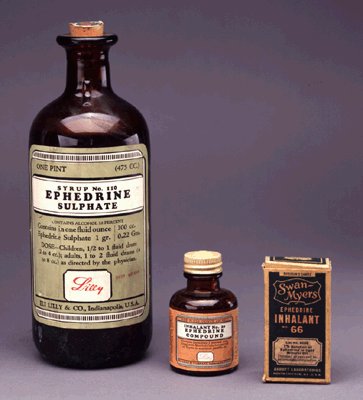File:EphedrineInBottles.jpg
EphedrineInBottles.jpg (363 × 400像素,文件大小:26 KB,MIME类型:image/jpeg)
文件历史
点击某个日期/时间查看对应时刻的文件。
| 日期/时间 | 缩略图 | 大小 | 用户 | 备注 | |
|---|---|---|---|---|---|
| 当前 | 2005年10月5日 (三) 21:43 |  | 363 × 400(26 KB) | Octavio L | ephedrine In 1887 Nagajoshi Nagai (18451929), a Japanese researcher working in Germany, isolated ephedrine as the active ingredient of ma huang but found the substance to be highly toxic. In the 1920s, Chinese pharmacologist Ko Kuei Chen (18981988) |
文件用途
以下页面使用本文件:
全域文件用途
以下其他wiki使用此文件:
- bn.wikipedia.org上的用途
- cs.wikipedia.org上的用途
- de.wikipedia.org上的用途
- el.wikipedia.org上的用途
- en.wikipedia.org上的用途
- es.wikipedia.org上的用途
- fi.wikipedia.org上的用途
- fr.wikipedia.org上的用途
- it.wikipedia.org上的用途
- ja.wikipedia.org上的用途
- ko.wikipedia.org上的用途
- lt.wikipedia.org上的用途
- pl.wikipedia.org上的用途
- pt.wikipedia.org上的用途
- ru.wikipedia.org上的用途
- sr.wikipedia.org上的用途
- te.wikipedia.org上的用途
- tr.wikipedia.org上的用途
- www.wikidata.org上的用途


